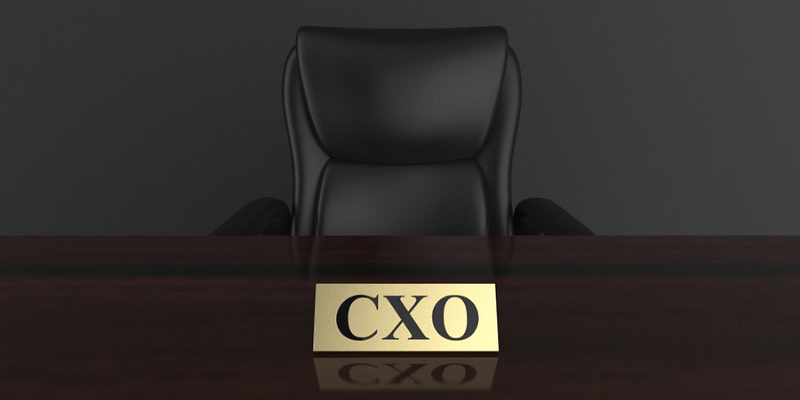COVID-19 presented a turning point for digital and social media adoption. In 2020, corporate leaders stepped up their individual and their organisation’s communication with accelerated use of social media. While this may have been triggered by the COVID-19 crisis, the adoption has since gained further momentum.
Corporate leaders and organisations have finally begun to leverage digital and social media platforms to their full potential to build trust across corporates, pivot their product, or reimagine their relationship with employees. Here are some best practices from the way corporate communication and content stepped up amid these unprecedented times:
1. Business leaders join the conversation
Around 80 percent of employees and 90 percent of financial readers expect to hear from a CEO on social media during a crisis, according to Brunswick’s Connected Leadership research.
Indeed, communication played a critical role in helping leaders navigate the crisis. They ramped up their communication strategies to stay on top of stakeholder sentiments — whether it be announcing work-from-home trends, addressing business recovery challenges, making teams agile to building the virtual infrastructure needed to stay afloat.
From talking about the financial impact of COVID-19 to exuding empathy and targeting burnout – leaders were a part of every discussion. In the absence of in-person interaction, individual leaders and organisations went all out to publish thought-leadership content online to connect with and inspire their stakeholders and networks.
2. Social media, the new melting pot
As production houses closed down and traditional (print) content took a backseat, brands were compelled to look at digital businesses with a fresh outlook. More brands were looking for innovative ways to reach out and drive engagement with their stakeholders through digital platforms.
With social distancing advisories, social media platforms became the primary medium for having real conversations and creating new human connections. With people confined to their homes for months, screen time averages soared, and social media content consumption increased multi-fold.
As per data reported by LinkedIn, the platform saw a 60 percent year-on-year increase in content creation (March 2019 vs March 2020). The organic activity of brands globally on the platform increased around the arrival of coronavirus. Twitter too reported a record increase of 24 percent in its daily user figures.
3. Walk the talk
As the workforce gears up to return to work, senior management turned brand advocates and voiced their priority for employee safety and well-being. Their social media profiles became the channels where they could convey the organisation’s efforts to protect employees.
Organisations created comprehensive playbooks to instil clarity and confidence within the workforce – from putting out guidelines for returning to work to providing communication on occupational safety and health practices — all in a bid to ensure an enthusiastic and safe return to work for their employees.
Going the extra mile to communicate safety measures helped reinforce trust with employees, customers, partners, and other stakeholders.
4. Empathy and transparency
Responding to the situation, leaders brought out their empathetic side. They ensured colleagues knew that the leadership was accessible without hesitation.
The crisis brought out great communicators from many business leaders. Their words and actions went a long way in comforting stakeholders despite the uncertainties, while also instilling hope for the future.
There was a pronounced need for transparency, guidance, and making sense of what was happening. One also needed to accept that the situation was going to remain volatile and unpredictable for some time. Honest and compassionate communication helped people feel safe and cope when there were no easy answers for anyone.
These were not knee-jerk reactions but sustained campaigns of well-thought-through communication. The efforts reassured that leaders were available to their employees, customers or partners, if required.
It was a moment that demonstrated that the leaders were driven by purpose over profits. Communication that encouraged employees to focus on short-term goals and wellbeing established that the leaders had a confident and optimistic view of the future. Having the thoughtfulness to encourage managers to check in on colleagues made sure that leaders genuinely cared.
It is said, “reputations are won or lost in crises,” and from what we’ve seen amid last year’s crises, this definitely holds true, with social and digital media being the key enabler.
(Disclaimer: The views and opinions expressed in this article are those of the author and do not necessarily reflect the views of YourStory.)




![Read more about the article [Funding alert] SaaS startup LeadSquared is the latest entrant to the unicorn club](https://blog.digitalsevaa.com/wp-content/uploads/2022/06/CopyofImageTaggingNewBrandingEditorialTeamMaster43-1655800203812-300x150.png)





